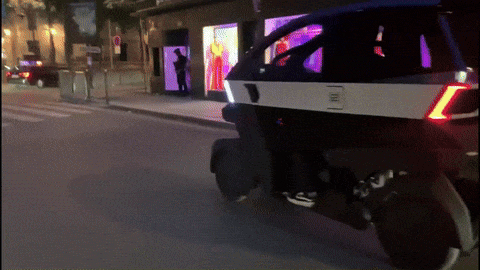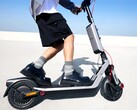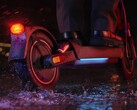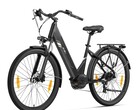ÆMotion has showcased its two-passenger micro EV prototype on the streets of Paris during Vivatech 2025. Since 2014, the company has been researching and developing the vehicle with the goal of combining two-wheeled motorcycle agility with four-wheeled car safety.
Motorcycle stability has been well-studied, and the primary limitation is its inability to remain upright once uncontrolled slippage occurs. Slipping can occur when the road is wet, the motorcycle enters turns too fast, or encounters other poor road conditions. Serious injuries and fatalities are common among motorcyclists.
The company has designed a slim four-wheeled electric vehicle that incorporates a tilting-chassis that has also been seen in the 2013 Toyota i-ROAD three-wheeled electric vehicle concept. Both vehicles tilt side-to-side like a two-wheeled motorcycle when taking turns to keep the center-of-gravity properly balanced.
The i-ROAD can tilt more than 35-degrees while travelling up to 115 km per hour (71 mph). The EV has a range of up to 200 km (124 mi.) when using a fixed battery and a range of up to 70 km (43 mi.) when using a swappable battery.
Despite added safety features, such as front and rear crash cells, seat belts, an enclosed riding compartment, and windshield wiper, the ÆMotion EV weighs 230 kg (507 lbs.), which sits between an entry-level Honda Rebel 300 motorcycle at 165 kg (364 lbs.) and the luxurious Honda Goldwing Tour at 383 kg (845 lbs.). The vehicle measures 235 x 79 x 171 cm (7.7 x 2.6 x 5.6 ft.), easily fitting narrow streets and small parking spaces.
Readers who want to enjoy the thrills of even greater instability can buy an InMotion electric unicycle (sold here on Amazon).












